Introduction
The situation in the world today is that technology is under the domination of machines, and all the activities of the machines are under the control of the software that is at the center of its power. Here we provide detailed knowledge about the different Software Testing Models.
When we compare a good tester with a good developer, we know that testing requires a great understanding of the development process and its products, and demands the ability to anticipate faults and errors that may happen in the future. In our robotics world, we need to test everything thoroughly to deliver excellent quality and reduce our efforts, for that we have some testing models with which we can plan our testing. The choice of which model to follow again depends on the project ecosystem. The most commonly used Software Testing Models are as follows:
1. Waterfall Model:
The waterfall model is a classical model used in the software development life cycle to create a linear and sequential approach. It is known as a waterfall because it develops systematically from one phase to another downward. This model contains different stages, and the output of one step is the input for the next phase. Every phase has to end before the next phase starts.
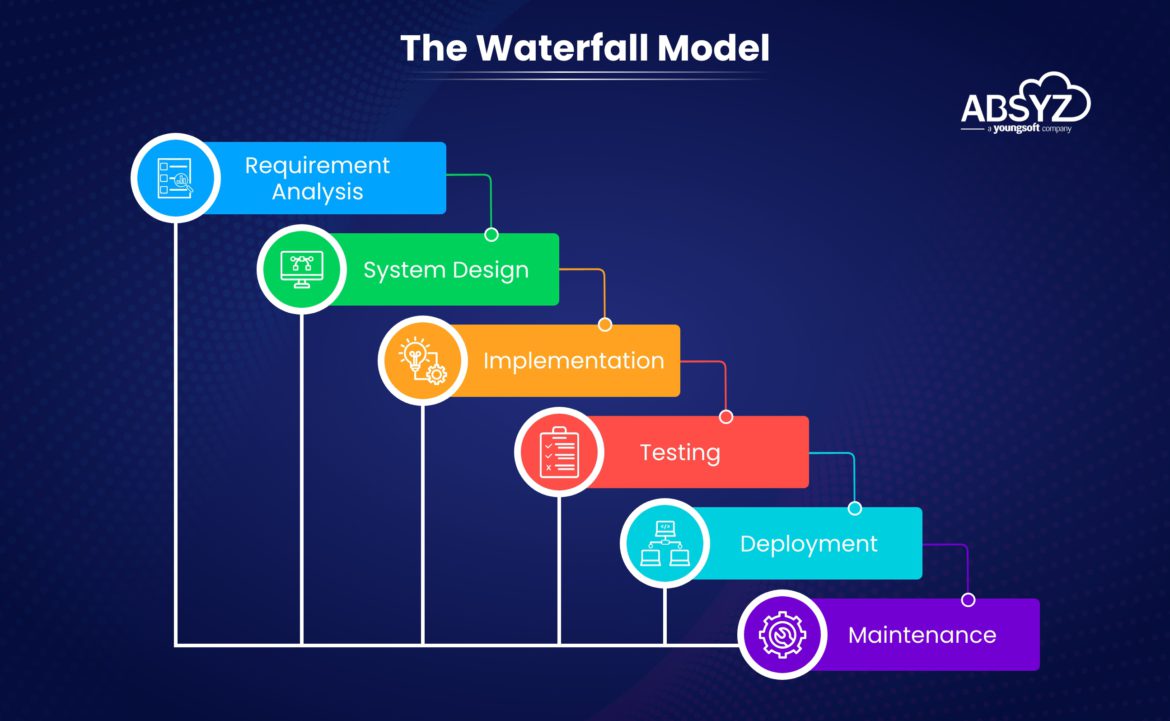
In the waterfall model that the sequential phases are:
- Requirement Gathering: The requirement gathering is the first step before the project starts. In this stage, all the possible requirements were considered in product requirement documents.
- Analysis: The requirement and, based on research, define the schemas, models, and business rules.
- System Design: Here, software developers design a technical solution to the problems set out by the product requirements, including scenarios, layouts, and data models. Initially, there is the creation of a high-level logical design describing the purpose and scope of the project. It also covers the general traffic flow of every component plus the integration points. Once complete, it is transformed into a physical design using specific hardware and software technologies.
- In the Implementation there is gathering the inputs from the system design, and there is a development of the system by having small programs entitled units, which integrate into the next phase. Each unit is tested for its functionality, referred to as Unit Testing.
- Integration and Testing involves a phase in which the units developed in the implementation phase integrate into a system when the testing of each unit happens. After integration, there is full testing of the system to check the faults and failures.
- Deployment of the system: After the functional and non-functional testing completes, the product is deployed in the customer environment or released into the market.
- Process of Maintenance: A few issues emerge in the client environment. We can release updates to fix those issues. issues. With the goal of enhancing the product, there is also the release of some better versions also. Maintenance provides these changes in the customer environment.
2. V Model:
V Model – the SDLC model signifies the execution of processes in a sequence in a V-shape. Actually, its other name is the Verification and Validation model. The V-Model is an elongation of the waterfall model and is based on the association of a testing phase for each corresponding development stage.
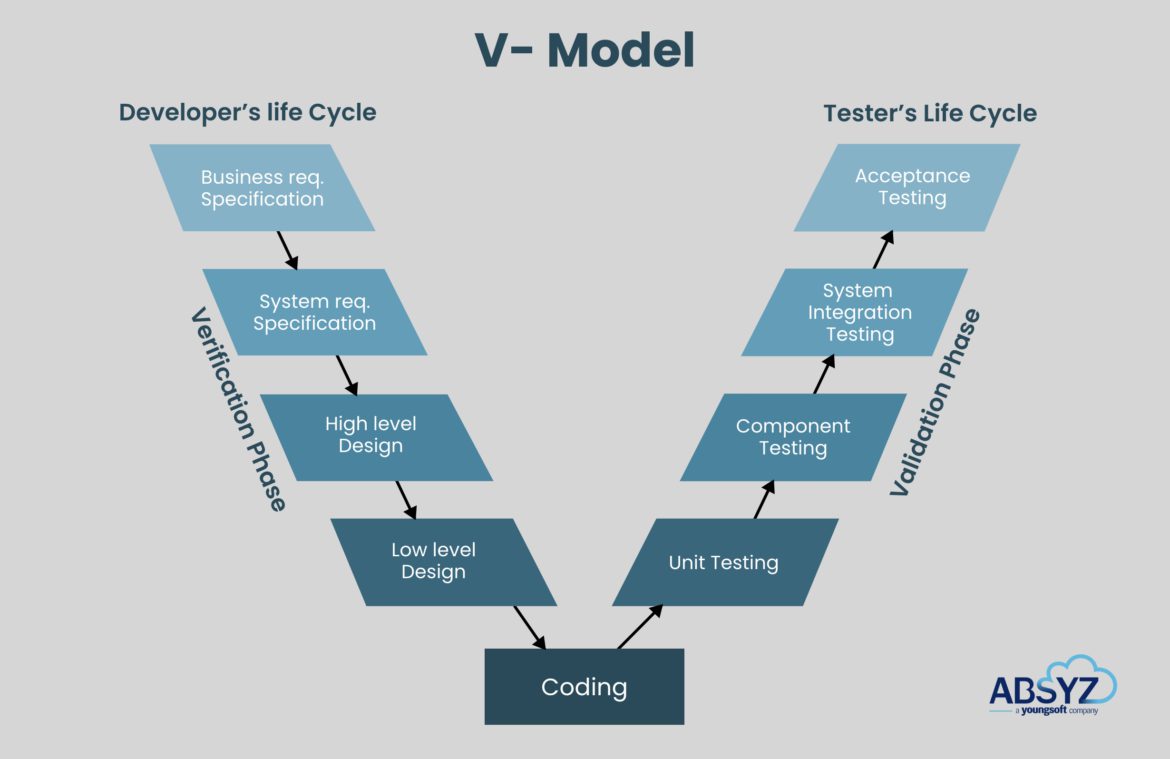
3. Agile model:
The Agile Model believes every project needs to execute differently, and the existing methods must be tailored to best suit the project requirements. In Agile, there is a plain division of tasks into time boxes for delivering specific features for carrying out the release. An iterative approach is taken, and a working software build is shown after each iteration. In each build, there is an addition of features, and there is consideration to build all the features as per the wish of the customer.
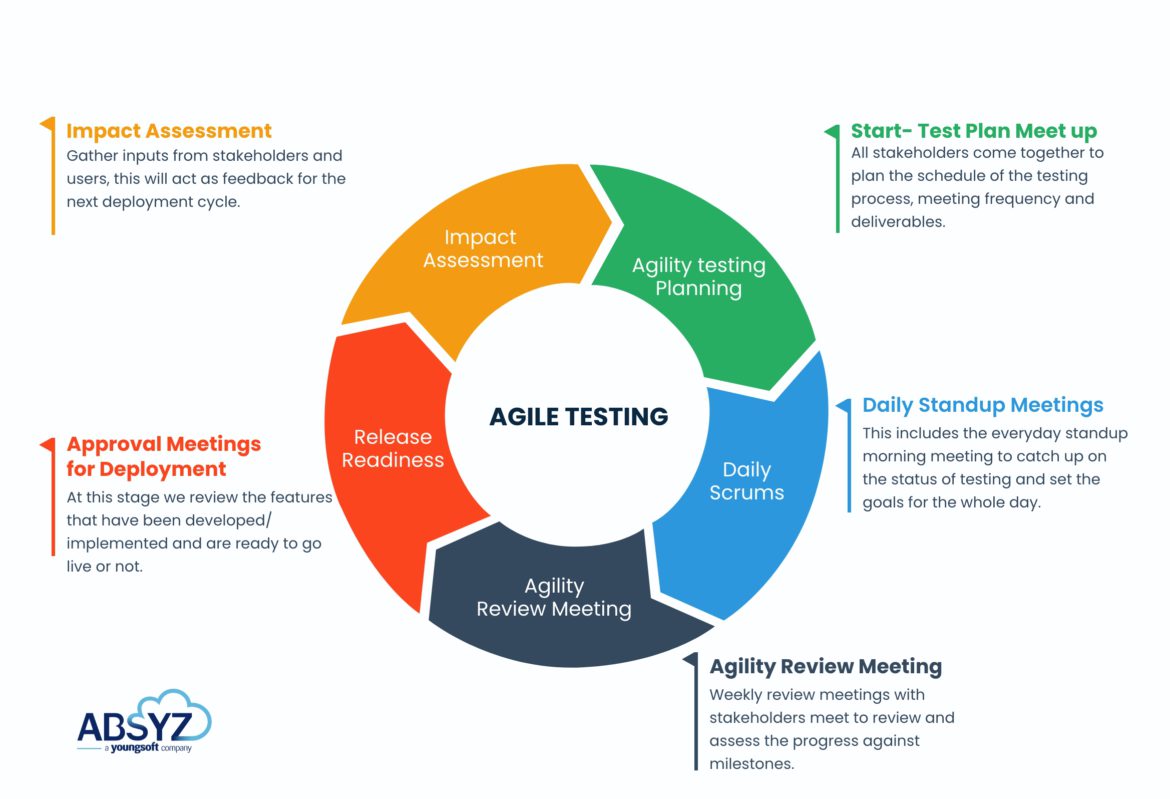
4. Spiral Model:
The Spiral Model is one of the most essential Software Development Life Cycle models, which delivers support for Risk Handling. When we represent it in a diagram it has a spiral look with many loops. The exact number of loops of spiral loops is unspecified and can vary from project to project. Every loop of the spiral is a Phase of software development. The project manager can change the exact number of phases needed to develop the product depending on the project risks. As the project manager dynamically determines the number of phases, the project manager has a vital role in creating a product using the spiral model. At any point, the Radius of the spiral represents the project’s expenses(cost) so far, and the angular dimension represents the progress made so far in the current phase.
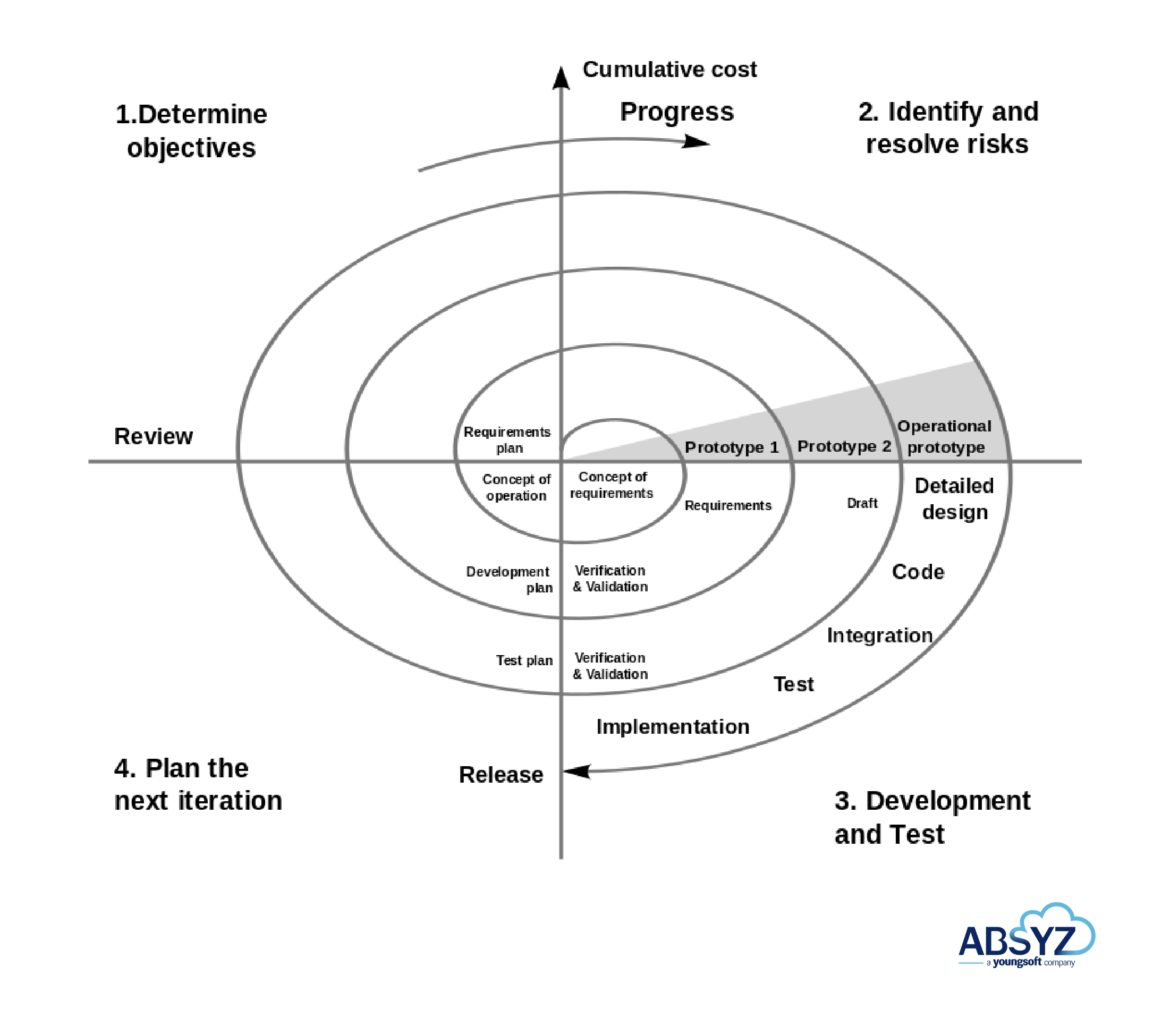
Conclusion:
The different software testing models used throughout the software development life cycle are listed above. Hope you got the idea of how each of these models is applied to software testing. Want to ask us a question? If you want a response or looking for a software testing service, Contact ABSYZ Inc. at +1.415.364.8055 or +91 79979 66174. Visit our website at https://absyz.com/


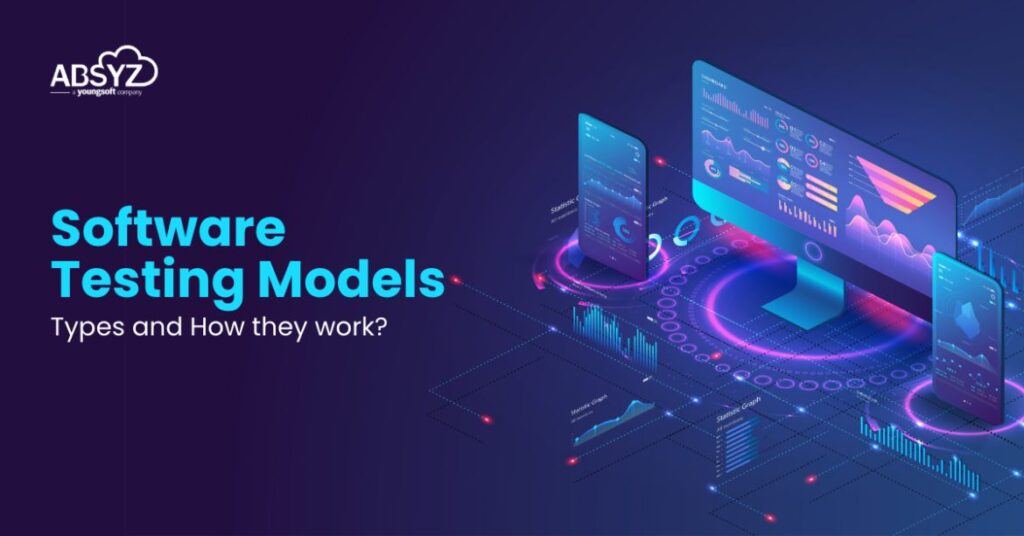
















1 thought on “Software Testing Models Types and How They Work?”
Nice Post